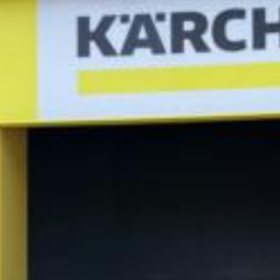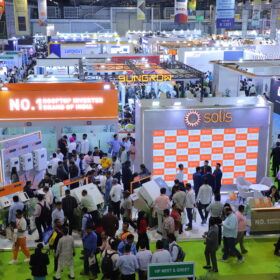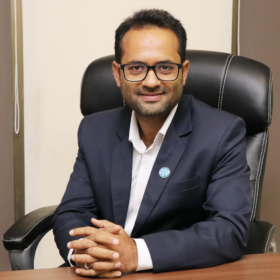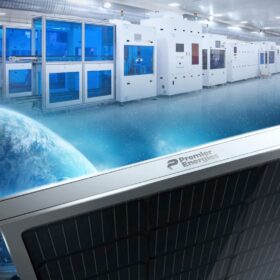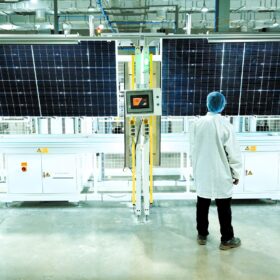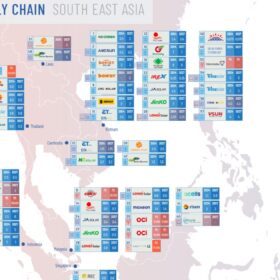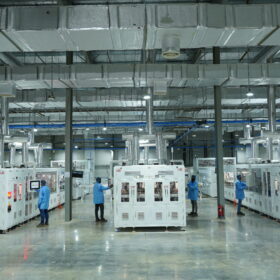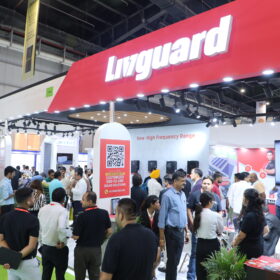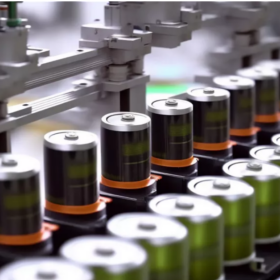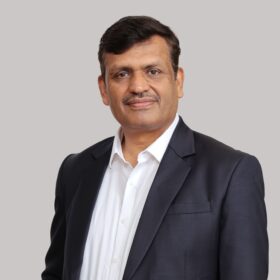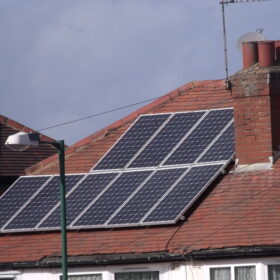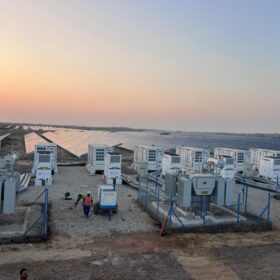The impact of sodium, moisture on heterojunction PV module performance
Researchers in France have investigated heterojunction solar module reliability in damp heat environment and have found that sodium ions are the main source of degradation.
Kärcher to deepen presence in Indian market with tailored cleaning solutions
Kärcher India, the Indian arm of Germany-based cleaning technology company Kärcher, is eyeing the growing demand from large-scale commercial and industrial solar installations in India and also looking to tailor its solutions for residential rooftop solar installations.
Solis unveils new hybrid and grid-tied PV inverters in India
Solis has introduced its 8kW, 15kW, and 50kW high-power hybrid PV inverters, which offer robust energy storage solutions for both residential and commercial use. It also unveiled its 3kW, 5kW, 150kW, and 350kW grid-tied inverters, tailored for residential, commercial, and utility-scale applications.
The solar industry’s freefall: A price war with no end in sight?
The future of the solar industry hangs in the balance as manufacturers, regulators, and market players grapple with a perfect storm of falling prices, rising costs, and a fiercely competitive global landscape.
Premier Energies secures 173.35 MWp solar module supply order for BrightNight project
Premier Energies will supply 173.35 MWp of n-type TOPCon bifacial solar modules for BrightNight’s 300 MW firm and dispatchable renewable power supply project comprising solar, wind, and energy storage components. The project is located in the Barmer district of Rajasthan.
Will Indian solar manufacturers go back-contact to the future?
Indian PV manufacturers are looking beyond tunnel oxide passivated contact (TOPCon) solar. Back-contact (BC) devices are an enticing prospect but many feel the technology is not mature enough. Uma Gupta considers the cost, yield, and reliability challenges that BC solar has to overcome.
Sinovoltaics tracks 78.8 GW solar module capacity in Southeast Asia
The latest supply chain map from Sinovoltaics tracks growth across Southeast Asia, with module capacity reaching 78.8 GW, and 58 production projects tracked.
India added 11.3 GW of solar module, 2 GW of cell manufacturing capacity in H1 2024
India’s cumulative solar module manufacturing capacity reached 77.2 GW, and solar cell manufacturing capacity totaled 7.6 GW as of June 2024, according to Mercom India.
Livguard unveils high-frequency solar inverters at REI Expo 2024
Livguard has launched its high-frequency solar inverters that are compact, lightweight, and low-noise.
Honeywell debuts new technologies across EV battery ecosystem
Honeywell is integrating ultrasound scanning-based comprehensive battery cell testing in its Battery Manufacturing Excellence Platform (MXP) software solution, enabling high-quality battery production by giga-factories. Also, it is launching new safety sensors that detect thermal runaway signs in EV batteries before a potential fire.
